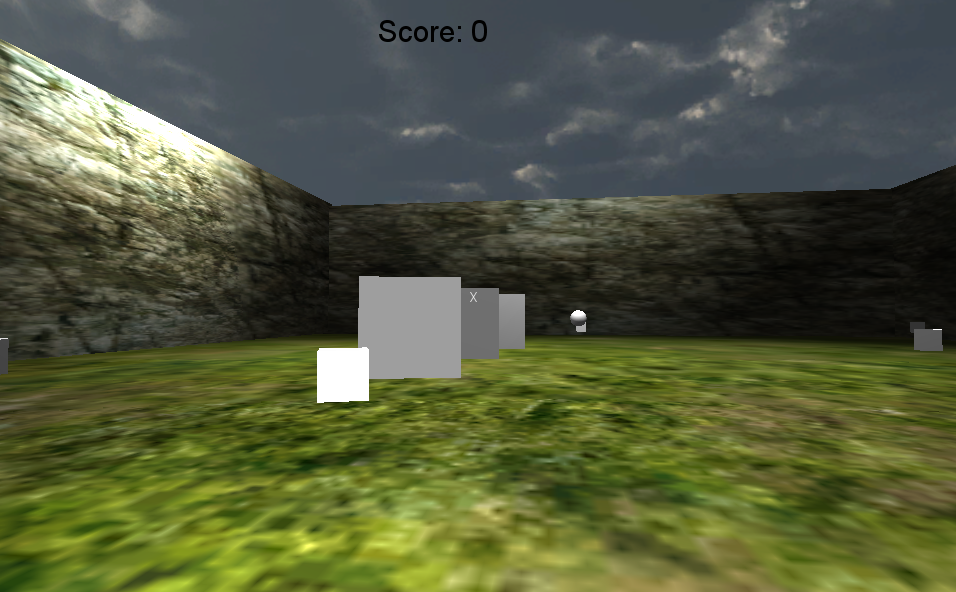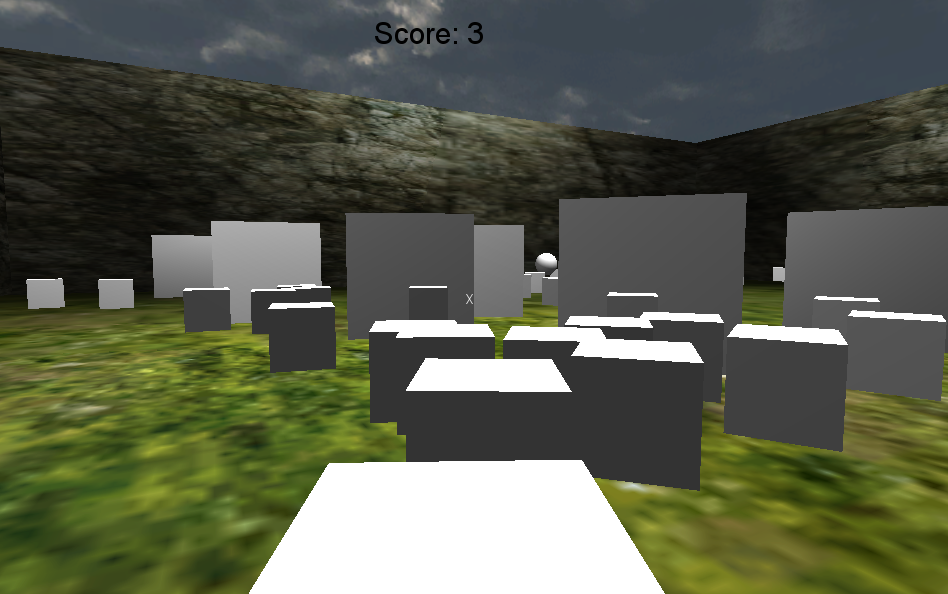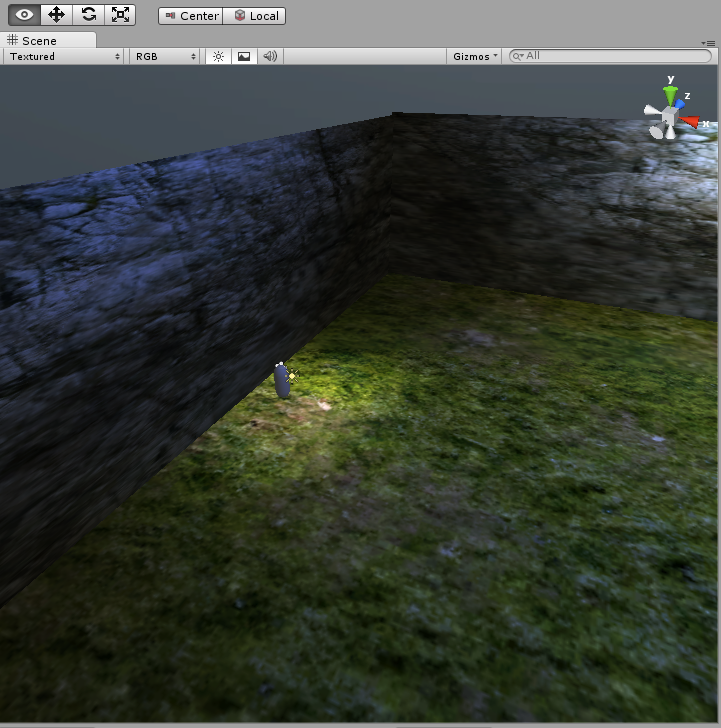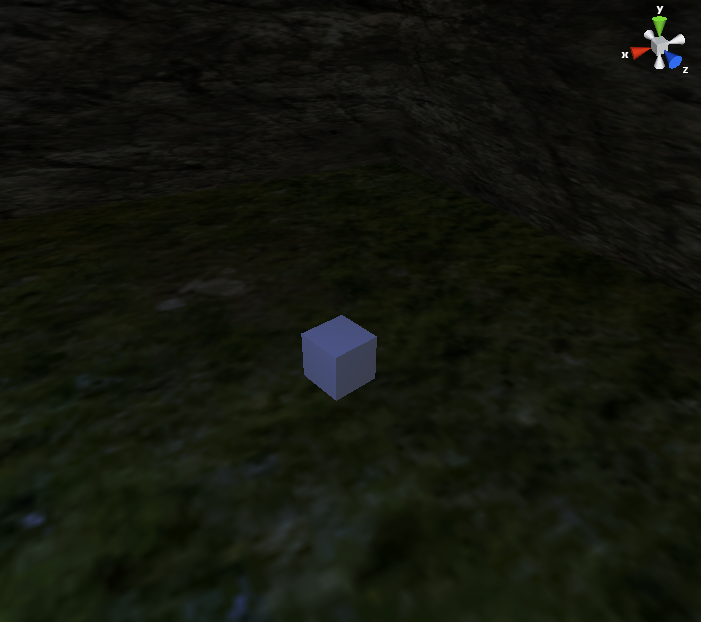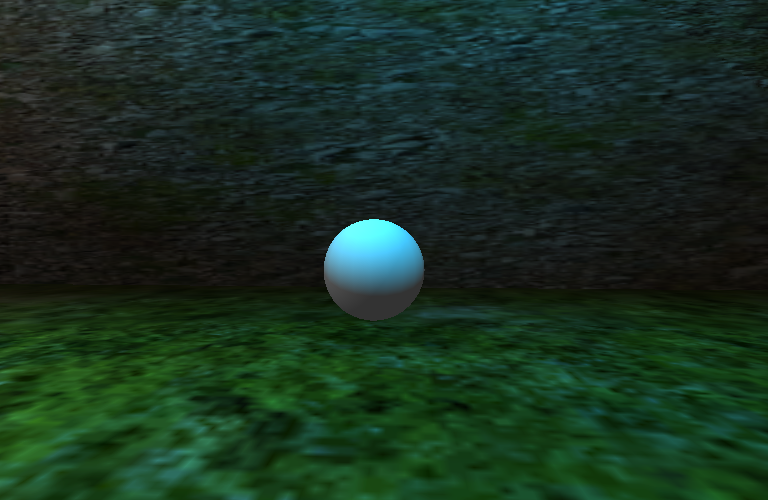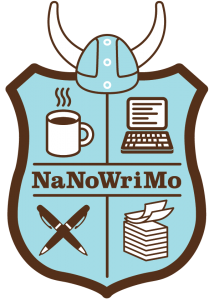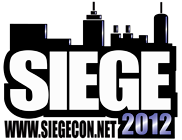Unity Build 02
Here’s the link to newest build: Right here!
Build Notes:
Added Spawn Diversity – randomized X and Z coordinates every time a new enemy is instantiated. Y is height, so it stays at ground level. Though the idea of cubes raining from above is pretty awesome…
Score System – keeps track of how many enemies the player has killed, and resets on level reload.
“Q” Menu – playing around with the GUI, so I added a reset button to the menu (which can be viewed by holding “Q”).
Added a quick and dirty “crosshair” – which is just an “X” placed in an invisible box in the center of the screen.
Flashlight starts defaulted to “Disabled” – Middle Mouse to re-enable.
Added Large Cube Enemies – similar to the small cubes, only larger.
Hid the mouse cursor when the game starts (unless you hold “Q” for the menu). This turned out to be in the HTML code for the Unity player. There may be a way to adjust the default template, but I haven’t looked into it yet.
Need to add/update:
Large Cubes have too large hit-boxes (colliders)
Player Health
Spawn “Safe Zone” – so that the cubes can’t spawn right on top of the player
Constrain Mouse Cursor to Game Box
Pause menu
Sound?
